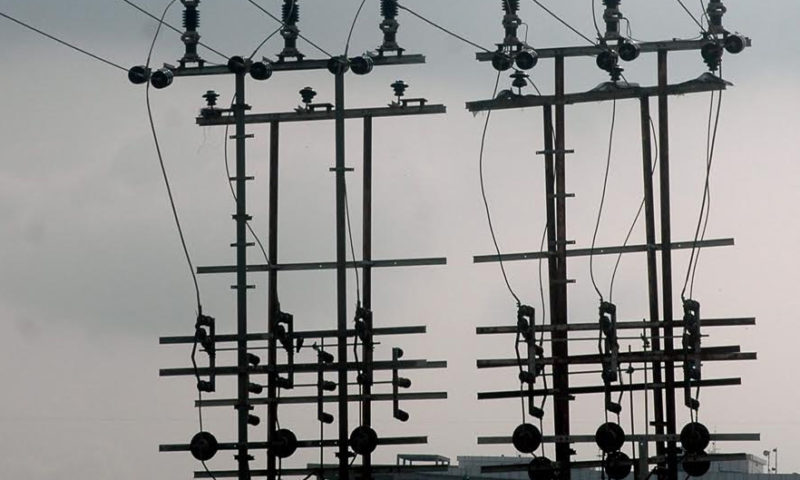This move is very significant as it marks the entry of the Central government in power distribution—an area that has traditionally been handled by state governments.
On June 21, 2019, the foundation for what could be a defining phase for the country’s power distribution sector was laid. Two Central government companies—NTPC and Power Grid Corporation of India—signed an MoU to form an equal joint venture “National Electricity Distribution Company Ltd.” that would undertake the business of power distribution on a pan-India basis.
This move is very significant as it marks the entry of the Central government in power distribution—an area that has traditionally been handled by state governments, and in a limited way, by the private sector. Power is a part of the Concurrent List, which is to say is it part of both the Union and the State List. In other words, it is a subject that is handled by both Central and state government entities.
The Central government has for long been in the power generation sector with mega entities like NTPC, NHPC, Nuclear Power Corporation, etc. The Central government entered power transmission in 1989 through Power Grid Corporation of India, which took over all the power transmission-related assets of Central PSU power generators, especially NTPC and NHPC.
The Central government’s decision to get into power distribution stems from the fact that most state government utilities have just not been able to manage the situation. Power distribution is responsible for the unbridled losses of state discoms. Several Central governments have tried to resuscitate state discoms through bailout packages (seen in the UPA regime) or through schemes like UDAY (NDA regime). However, there has been no positive transformation on the operational aspect of state discoms. They continue to be in losses. It is estimated that in FY19, aggregate losses of discoms grew by over 40 per cent, year-on-year, to reach Rs.21,658 crore.
One more pending reform is the separation of “carriage” and “content”. Power distribution is today considered as a single activity. With the proposed separation, which will suitably incorporated in the Electricity Act, owning and maintenance of infrastructure (carriage) and supplying of electricity (content) will be regarded as two separate activities. There will also be a provision of having multiple service providers within the same area of service. This will bring in competition amongst different service providers. The proposed National Electricity Distribution Company Ltd will also be one such service provider. The “carriage-content” phenomenon is also referred to “wire” and “supply”.
Clearly, the entry of Central PSUs in power distribution is a welcome step. State government power distribution utilities have been provided ample opportunity to reform, but a true transformation has been elusive.
The author of this article, Venugopal Pillai, is Editor, T&D India, and may be reached on venugopal.pillai@tndindia.com. The views expressed here are personal.

